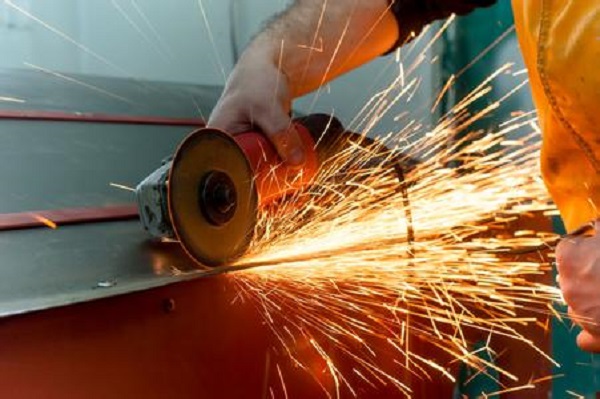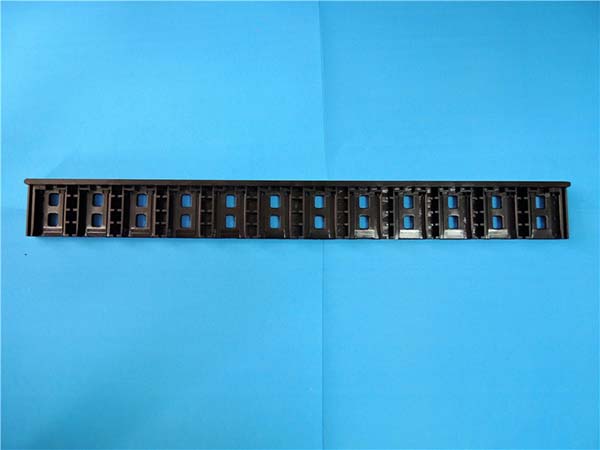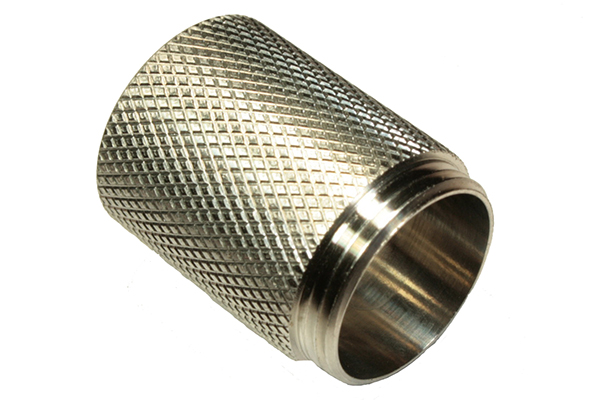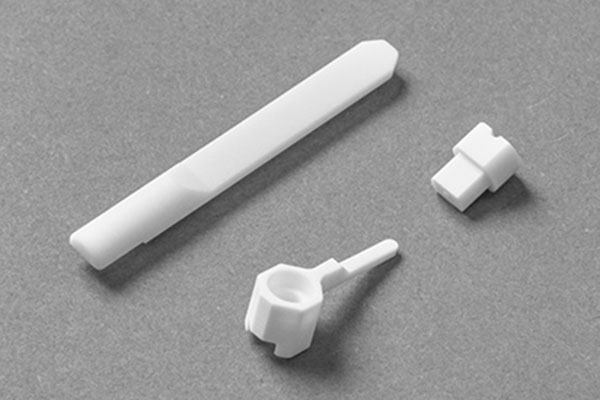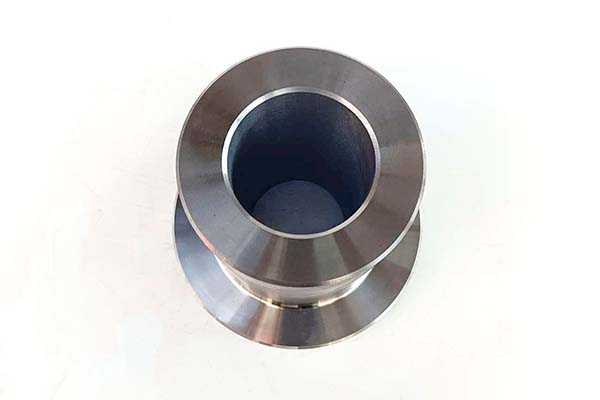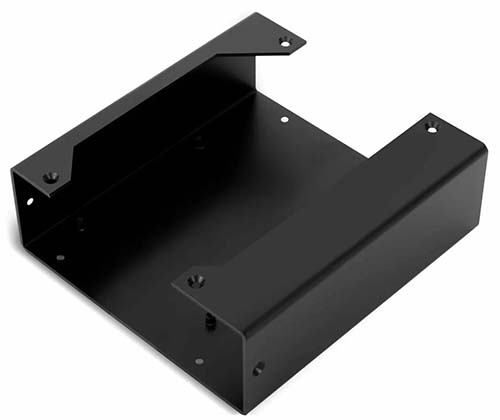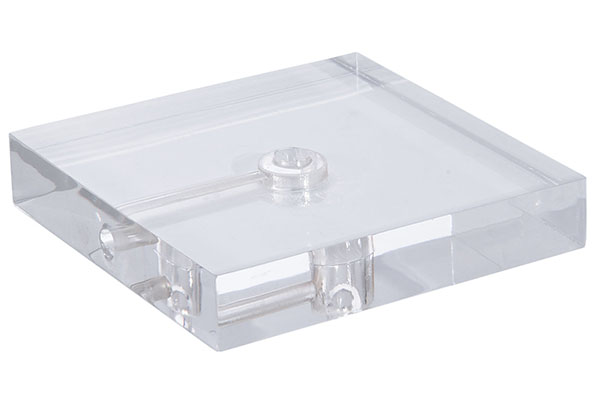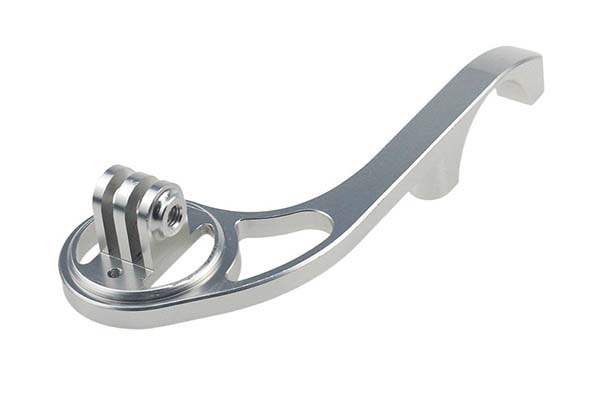What is Prototype Laser Cutting?
Definition
Prototype laser cutting is a manufacturing process that utilizes a high - power - density laser beam to cut materials, primarily for the purpose of creating prototypes. It involves focusing an intense laser beam onto the surface of a material, which then rapidly heats, melts, vaporizes, or combusts the material in the beam's path. This process allows for the precise removal of material, resulting in a clean cut along a pre - defined path. This technique is widely used in various industries such as automotive, aerospace, electronics, and jewelry - making during the initial product development stages to quickly test design concepts. For example, in the automotive industry, when designing a new car model, prototype laser cutting can be used to create mock - up parts of the body or interior components to evaluate their fit and form.
Working Principle
The working principle of prototype laser cutting is based on the interaction of laser energy with the material. First, let's look at the generation of laser energy. Lasers are created through a process called stimulated emission. In a laser system, a gain medium (such as a gas, solid - state crystal, or semiconductor) is excited by an external energy source (pump source). This excitation causes electrons in the gain medium to move to higher energy levels. When these electrons return to their lower energy levels, they emit photons. Through a process of optical feedback in a resonator, a coherent and intense beam of light, the laser beam, is produced.
The energy of a single photon in the laser beam is given by the formula \(E = hv\), where \(E\) is the energy of the photon, \(h\) is Planck's constant (\(h = 6.626\times10^{-34}\ J\cdot s\)), and \(v\) is the frequency of the laser light. This formula shows that the energy of the laser is directly proportional to its frequency. Higher - frequency lasers carry more energy per photon.
When the laser beam is directed onto the material to be cut, the energy density of the beam at the material's surface is crucial. The energy density \(D\) is calculated by the formula \(D=\frac{P}{\pi r^{2}}\), where \(P\) is the power of the laser beam and \(r\) is the radius of the focused laser beam spot on the material surface. A high - power laser with a small - diameter focused spot will result in a high energy density. When this high - energy - density laser beam hits the material, it quickly heats the material to its melting or vaporization point. As the laser beam moves along the desired cutting path, the melted or vaporized material is then ejected from the cut area, often with the assistance of a high - pressure gas (such as oxygen, nitrogen, or compressed air). The high - pressure gas helps to blow away the molten or vaporized material, leaving a clean cut edge. For instance, in the cutting of a thin sheet of stainless - steel, a high - power fiber laser with a precisely focused beam can quickly melt the steel along the cutting line, and the oxygen gas blown co - axially with the laser beam helps to oxidize and eject the molten metal, creating a smooth and accurate cut.
Applications of Prototype Laser Cutting
In the Metal Industry
Prototype laser cutting plays a vital role in the metal industry. In the automotive sector, it is used for creating prototypes of various parts. For example, when developing new engine components, such as intake manifolds or cylinder heads, laser cutting can accurately cut the complex shapes from metal sheets or blocks. This allows engineers to quickly test the fit and functionality of these parts before mass - production.
In the aerospace industry, the demand for lightweight yet high - strength components is crucial. Laser cutting is used to fabricate prototype brackets, structural frames, and turbine blades from metals like titanium and aluminum alloys. A study by a leading aerospace manufacturer showed that by using prototype laser cutting, they were able to reduce the development time of a new aircraft wing component by 30%, from an initial 12 months to 8.4 months. This was mainly due to the ability to quickly produce and test multiple design iterations. The precision of laser cutting also ensures that the parts meet the tight tolerances required in aerospace applications, typically within ±0.05 mm.
In the Plastic and Non - metal Industry
Prototype laser cutting is equally important in the plastic and non - metal industry. For plastic materials, it is widely used in the production of consumer electronics cases. When a company is designing a new smartphone or tablet, laser cutting can be used to create prototypes of the plastic housing. The high - precision nature of laser cutting allows for the creation of precise cutouts for ports, buttons, and speakers.
In the woodworking industry, laser cutting is used to make intricate prototypes of furniture parts, decorative elements, and wooden art pieces. For instance, a furniture designer can use laser cutting to create prototype legs for a new chair design with complex geometric patterns. The laser can cut through different thicknesses of wood, from thin veneers to thicker planks up to 50 mm in some cases, with a clean edge and minimal splintering. In the production of printed circuit boards (PCBs), laser cutting is used to create prototypes of the PCB layout. It can precisely cut the non - conductive substrate materials like fiberglass - reinforced epoxy resin, ensuring accurate placement of components and electrical traces.
How to Ensure High - Quality Prototype Laser Cutting
Selecting the Right Laser Equipment
Selecting the right laser equipment is crucial for high - quality prototype laser cutting. One of the key factors to consider is the laser power. For example, when cutting thick metal plates, a high - power laser is required. A 1000 - watt fiber laser can cut mild - steel sheets up to 6 mm thick with good quality, while a 2000 - watt laser can handle thicknesses of up to 12 mm. The higher the power, the greater the material - removal rate, but also the higher the cost of the equipment and operation.
Another important factor is the beam quality, which is often characterized by the beam parameter product (BPP). A lower BPP indicates a better - quality beam. A high - quality beam can be focused to a smaller spot size, resulting in higher energy density at the cutting point. For instance, a laser with a small BPP can achieve a spot size of less than 0.1 mm, which is ideal for cutting fine details in materials like thin - gauge stainless - steel for jewelry or electronics components. Different types of lasers, such as fiber lasers, CO₂ lasers, and solid - state lasers, also have their own advantages and are suitable for different materials and applications. Fiber lasers are highly efficient and have a long lifespan, making them popular for metal cutting. CO₂ lasers, on the other hand, are often used for cutting non - metallic materials like plastics and wood due to their specific wavelength absorption characteristics.
Material Selection and Preparation
Material selection is the first step in ensuring high - quality prototype laser cutting. Different materials have different properties that affect the cutting process. For metals, factors such as the type of alloy, hardness, and thermal conductivity are important. Stainless - steel, for example, has a higher melting point and thermal conductivity compared to mild - steel. This means that when laser - cutting stainless - steel, a higher - power laser may be needed, and special attention should be paid to the cutting speed and assist - gas flow rate to prevent oxidation and achieve a clean cut.
Material preparation is equally important. The surface of the material should be clean and free of contaminants such as oil, rust, and dirt. Even a thin layer of oil on the surface of a metal sheet can cause uneven cutting and affect the quality of the cut edge. Before cutting, the material may need to be degreased using solvents or cleaned with abrasive methods. For some materials, pre - heating may be required. In the case of thick - walled metals, pre - heating can reduce the thermal stress during the cutting process, preventing cracking and improving the overall cutting quality. Additionally, the flatness and thickness uniformity of the material also play a role. If the material is not flat, the focal distance of the laser beam may vary during cutting, leading to inconsistent cut quality. Thickness variations can also affect the cutting speed and power requirements, so it is essential to use materials with consistent thickness within the tolerance range specified for the laser - cutting process.
Yigu Technology's Viewpoint
As a non - standard plastic and metal products custom supplier, Yigu Technology highly values prototype laser cutting. This technology is crucial in meeting the diverse customization needs of our clients. With our rich experience and advanced laser - cutting equipment, we can precisely cut various complex - shaped plastic and metal products. Whether it's a unique - shaped plastic component for an electronic device or a high - precision metal part for industrial machinery, we ensure high - quality cutting. Our well - trained technicians can optimize the cutting parameters according to different materials and design requirements, guaranteeing both the quality and efficiency of the cutting process. This allows us to meet different clients' requirements for product accuracy and production cycle, helping them bring their innovative product ideas to life quickly and cost - effectively.
FAQ
Q1: What materials can be processed by prototype laser cutting?
Common materials that can be processed by prototype laser cutting include metals such as stainless - steel, carbon - steel, aluminum, and copper. For non - metals, materials like plastics (acrylic, PVC, ABS, etc.), wood, rubber, fabric, and acrylic are suitable for laser cutting. Each material has its own optimal cutting parameters, and choosing the right laser equipment and process is crucial for achieving high - quality cuts.
Q2: How accurate is prototype laser cutting?
Typically, the accuracy of prototype laser cutting can reach ±0.01 - ±0.1mm. However, the actual accuracy can be affected by various factors, including the type and quality of the laser equipment, the thickness and properties of the material being cut, and the cutting process parameters. High - end laser cutting machines with advanced optical systems and precise motion control can achieve even higher accuracy, making it suitable for applications with tight tolerance requirements.
Q3: What are the costs associated with prototype laser cutting?
The costs associated with prototype laser cutting are influenced by multiple factors. Material cost is a significant part, as different materials have different prices. The complexity of the cutting pattern also matters; intricate designs require more time and laser energy, thus increasing the cost. Additionally, the quantity of cutting plays a role. For simple parts with a small number of cuts, the cost is relatively low. But for large - scale or complex - shaped parts in high - volume production, the cost will increase accordingly due to higher material consumption, longer processing time, and more frequent equipment maintenance.
